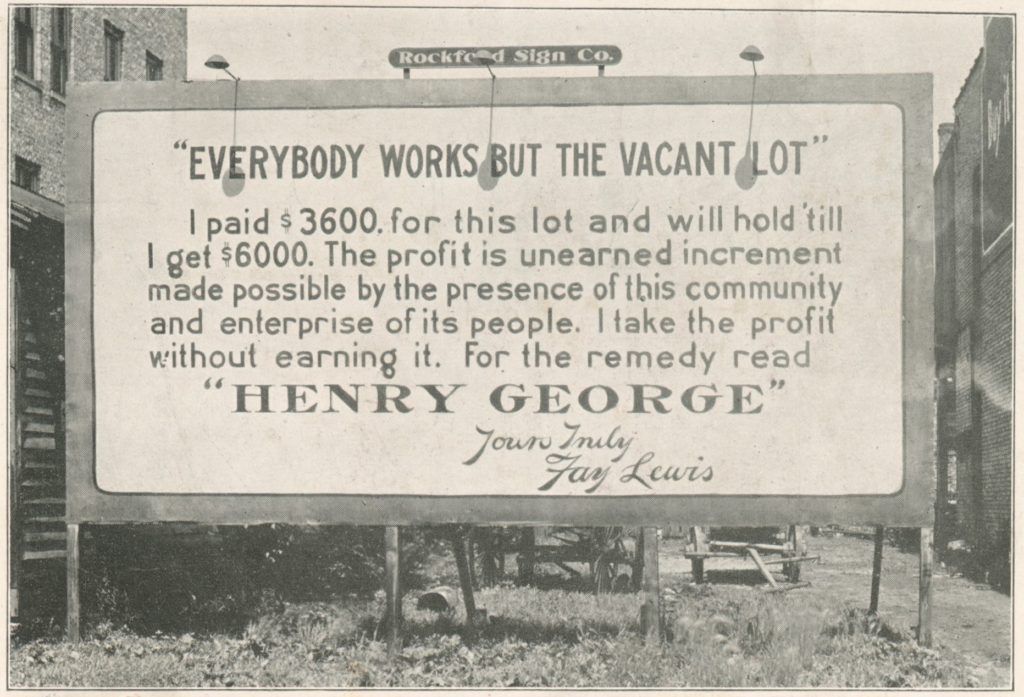“They have the right to move out”: Yacht-Owning Landlord Jacks Up Rents on Downtown Seniors
7 minute readIn less than a month’s time, fixed-income tenants, including numerous disabled people and veterans, at a 51-unit downtown apartment building will be facing untenable rent surges, some as high as $450.
The increases will amount to a 30 to 50 percent hike for the tenants living in the market-rate units at the Lexanna Apartments. Many fear they will be priced-out and end up in the streets. Without a local rent control ordinance, there is no cap on how high and how often a landlord can raise the rent in Long Beach.
“Vietnam didn’t depress me as much as this,” said Christopher Owens, a 68-year-old veteran and sculptor.
After raising his children, he left his three-bedroom home in Lakewood six years ago and moved into the Lexanna Apartments on the corner of Sixth Street and Chestnut Avenue thinking he would live out his golden years there.
“What did they tell you from day one? Work hard, pay your taxes, don’t commit crimes, and the American Dream is yours. You abide by that all your life and you’re thinking when that day comes—when I turned 62, I said ‘Boy it’s time to rest.’ But America broke its promise,” he said.
Owens said he doesn’t necessarily blame his landlord, and understands owners can do what they like with their property, but wishes there was some form of government assistance or protection for low-income seniors who are victimized by gentrification.
“We have no time,” said Lori Ellett who has lived in Long Beach for 20 years. Next month, her rent will go from $853 to $1100. “Homelessness means death for us.”
She talks about a homeless man who was found dead on a couch a few days ago up near Anaheim Street and Cedar Avenue, and wonders if that will be her fate or that of her neighbors.
“I love this city. I came here with my kids and I raised them here. I came here because it was the most diverse city I’d ever seen. And now they’re just separating us once again,” she said. “Low-income [people] are mostly people of color, so you’re saying we’re going back to the way it was. We’re only going to have wealthy and white people here?”
Residents, some carrying oxygen tanks or in wheelchairs, demonstrated in front of their building Thursday holding up signs and chanting as rush hour traffic zoomed by on Sixth Street. They hope to get their landlord, Ken Voight, to the negotiating table.
“We want him to apply for [federal housing] subsidies. He can make this a project-based Section 8 building,” said Jorge Rivera of Long Beach Residents Empowered, a local renter-advocacy group that helped organize the protest.
Although the process of converting the market-rate units into Section 8 units could take up to a year, Rivera said once converted Voight would be able to charge more and the rent would actually decrease for residents since they would only have to pay 30 percent of their income in rent. Right now some are shelling out out nearly 80 percent of their income.
“If he sees dollar signs at the end of the tunnel he might be able to hold off [on raising rents]. It’s a win-win solution,” Rivera said and noted that about 15 of the units in the building are already Section 8. Those tenants won’t take a financial hit when the rent increases.
So far tenants’ attempts to meet with Voight have been shot down, and he doesn’t seem poised to change his mind. When we reached out to him Friday morning, he characterized the tenants as “disgruntled” and what they were asking for as “communism.”
“As tenants, they have the right to move. They can just move,” Voight told FORTHE Media. “I have no responsibility to house them.”
If he keeps the rental rates where they are, Voight says he will end up in the red. He added that even after September’s rent increase, the rates will still be below market rate.
“These people are out of their mind. The taxes have tripled on [the property]. You try to find a maintenance man for less than $30 an hour,” he said.
Records show that $99,266 in taxes were levied on the property last year, which works out to just under $2,000 per unit. It is unclear if Voight is also paying a mortgage, but said he and a partner build the apartment building in 1974.
Tomisin Oluwole
Coquette
Acrylic on canvas
18 x 24 inches
Click here to check out our interview with Tomisin Oluwole, a a literary and visual artist based in Long Beach.

Instead of gunking up our site with ads, we use this space to display and promote the work of local artists.
Residents scoffed at the claim that Voight was losing money on the building, and passed out flyers with a photo of him aboard a yacht he owns named “Living the Dream.”
“I’ve owned a boat for four years. I’ve worked for 40 years. I’m a disabled veteran and senior citizen myself,” Voight said.

Ken Voight stands aboard his fifty-foot yacht “Living the Dream.” Residents protesting rent hikes at the Lexanna Apartments in Downtown Long Beach, which he owns, passed out flyers with this photo. (Photo via Facebook.)
Earl Gardner, an 89-year old veteran who fought in WWII and Korea, said his rent will be raised to $900 next month. That means he won’t be able to afford food or utilities with the $100 left over from his monthly Social Security check. He’s lived in the building for 18 years and in Long Beach for 51 years.
“It’s all about money. They let me stay here all these years and now they’re going to put me out,” he said.
Of the roughly 8,600 rent burdened households in the 90802 zip code—which encompasses most of downtown—nearly half are putting up 50 percent or more of their incomes toward rent, according to figures from the most recent American Community Survey 5-year estimates.
Rents increased by 28.2 percent in that zip code from 2012 to 2017, and the real estate industry expects them to continue increasing citywide at a rapid clip through the end of this year.
Two of the biggest housing initiatives currently in the bureaucratic pipeline—creating a local source for affordable housing and inclusionary zoning—could still be years away from bearing fruit if implemented.
In the meantime, nothing substantial has been done at the city government level to keep vulnerable residents in their homes amid displacing market forces that were largely unleashed by the implementation of the Downtown Plan in 2012.
A petition to put rent control and tenant protections on the November ballot failed to receive the necessary signatures earlier this year. It was opposed by every councilmember and the mayor, as well as by moneyed real estate interests who mobilized against it.
Residents of the Lexanna Apartments say at least six residents have already made plans to leave by the end of the month.
“[Mayor Robert Garcia and the city council] can freeze the rents right now if they wanted to,” Ellett said.
Residents of the building spoke publicly about their impending rent increases at a city council meeting on July 24.
“I’m not going to give up,” Ellett said. “We are in it until the end.”
Voight said his frustration with the residents resisting the rent increases might lead him to soon issue eviction notices to the tenants.
But landlord beware: Just a few blocks north, residents at a multifamily complex on Cedar Avenue recently claimed victory over their landlord who issued mass eviction notices to everyone in the building. Dubbed the Cedar Resistance, residents partook in the longest rent strike in the city’s history, organizers said. The end result was rent forgiveness and relocation assistance that added up to thousands of dollars for each household ousted.
“There’s still a lot of life ahead of us … I’m not supposed to be sweating over whether I’m going to have a place to stay,” Owens said. “This is not housing; this is home.”
If you want more journalism that doesn’t require a conflict of interest disclaimer, please consider supporting local grassroots media by subscribing to FORTHE.


 kevin@forthe.org
kevin@forthe.org @reporterkflores
@reporterkflores




